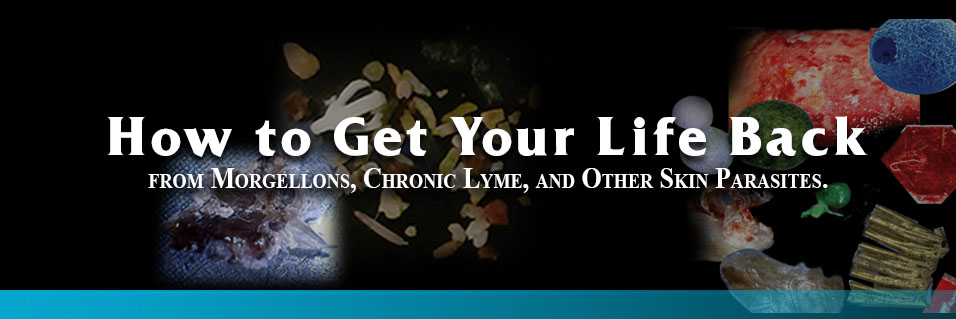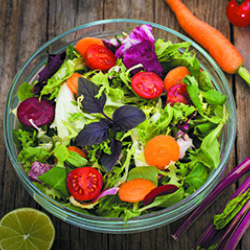The King DietSM is often an impossible†challenge for vegans and vegetarians. Jill has shared how she adopted the King DietSM to her needs as a vegan. The biggest challenge is to find sources of protein since most of the protein on Stage I of the King Diet is meat of some sort. Nuts, beans, legumes, sprouts, and so on are not on the "Eat" list until you reach the mid part of Stage II of the diet.
For protein, she relies on rice. She writes, "Lundgren Family Farms makes a good 100% organic short grain brown rice. I really love the organic sprouted short grain brown rice. However, it’s so expensive that it’s not practical for day to day. I find that short grain has a yummier flavor and texture than long grain brown rice. I have bought both on occasion."
Regarding oils, in addition to rice bran oil, she said that she compromised somewhat by using real butter.
"In the beginning of stage 2, I started eating small amounts of raw organic sprouted (when available) pumpkin seeds, eventually increased and then added sunflower seeds, always raw and organic. Pertaining to raw pumpkin seeds...I’ve always loved them, and was hoping I wouldn’t have trouble incorporating them into the diet. If eaten raw they aid in digestion and prevent constipation. Each ounce contains nearly 9 grams of protein and minerals like iron, phosphorous, potassium, zinc, and magnesium. Also vitamin E and K. The protein and minerals are not destroyed if people prefer to eat them roasted, which is great! I just prefer the nutty fresh taste of the organic raw seeds, and enjoy the digestive benefit. The vitamin content of E and K is lessened with roasting, and there are many health benefits from consuming those vitamins in raw pumpkin seeds. Roasted in tamari or whatever one prefers that tastes good is always an option if you don’t mind losing some of the health benefit. For me, Tamari contains soy, which isn’t good for fibromyalgia.
Raw sunflower seeds actually help in detoxification, if you can believe it! The seeds also lower cholesterol in your blood by managing LDL. Protein intake is 40% of your daily recommendation, at a weight of 100 gm. There are a plethora of health benefits available in sunflower seeds. Since I didn’t know all the benefits I decided to research both seeds. Selenium in raw sunflower seeds contributes to ridding body of waste and maintaining the body’s #1 strongest anti-oxidant, glutathione! You’re favorite! The seeds also contain vitamin E and magnesium, which contributes to lowering the stress hormone cortisol, which in high amounts effects the neurotransmitters and can affect your mood. Sunflower seeds have what is known as the “Holy Trinity” that help regulate blood pressure, which are calcium, potassium, and magnesium. They help keep blood pressure in normal ranges, which I didn’t know, but glad I found this. My bp tends to be high from chronic pain. I’ll eat more!
So this is all good stuff, and I only mentioned a few points for each There’s much more. I think even our meat eaters would benefit by eating some pumpkin and sunflower seeds. There is one thing I’d like to add. Sunflower seeds do not have what they call a complete protein, so it is meant to be used as an additive, just not used on its own for a single source of protein. I eat both seeds alone or add them to dishes. Love them in my rice, and I eat a substantial quantity as well, not a smattering.
Since we talked about the beans, I didn’t think to mention them as a protein source. My favorites are chick peas, northern beans, and sometimes pinto. I started on those about 2/3 way through stage 1. No problems with adding beans. The organic brown rice varies that I buy based on availability usually. I prefer it sprouted, and I believe the protein content is higher in the sprouted organic brown rice. I can’t always find it available. In one serving there’s 6 grams of protein. I never ate one serving. I’d eat at least two. I tend to eat smaller meals often. The current Dietary Guidelines for Americans emphasize eating healthier sources of protein. They specifically said not to think that this means eat more meat. You can consume more milk, cheese, or eggs. Also, high quality plant foods like whole grains, beans, and other legumes, nuts, and vegetables can increase your protein consumption. For example, one cup of cooked pasta provides 8 grams of protein. One quarter cup or 1 oz of nuts is 7 g. They estimate that 15%-25% of your calorie intake should be protein. They’re hesitant to give you one number.
I hope this helps. If you have any more questions, feel free to email, and thanks again and again!"
I thank Jill for taking the time to share her experience and hopefully, if you're on the vegan diet, this will be of help. Look at it as a guide and try the different foods. Make sure you keep a diary. Linda, a vegetarian who makes our sparkling bar and sulfur soaps, shared that she never had trouble with beans on Stage I. Why? Maybe because she soaked them overnight - something I never tried. Let me know if it makes a difference. I recommend keeping a diary. Some have reported that they can have a particular food for dinner but not for breakfast or visa versa. So, experimentation and note taking can be very important and valuable.
|



